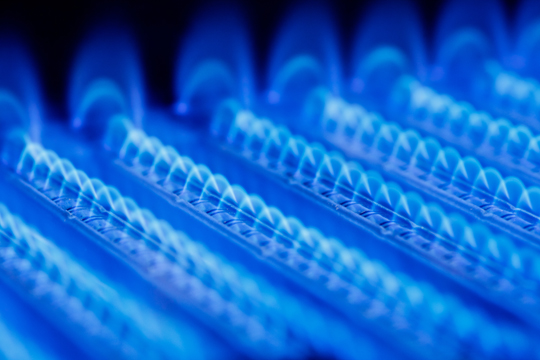Are you in the market for a natural gas heater? Before you begin shopping for natural gas heaters for home use, it would help to know the basics. One fact to remember: Cold air is heavier than warm air, so it will fall while the warm air rises.
In your home and other large areas, there is constant air movement. Air moves faster if there is larger difference between warm air and cold air, which can produce drafts. Therefore, you will have a more comfortable environment in your home if you can maintain a fairly even temperature inside.
There are three methods whereby heating occurs:
– Convection – Works on the principle that warm air tends to rise. As warm air moves, it warms the surfaces around it.
– Conduction – Heat is carried not through air but through materials. The source of heat can be warm air or radiant heat. Denser materials conduct heat more easily than less dense objects, such as batt insulation, which slow down the movement of heat through the walls or roof.
– Radiant Heating – Works like the rays of the sun, warming objects that are in its direct path instead of warming the air. The objects that have been heated can then also radiate heat to cooler objects. A traditional fireplace is a good example of a radiant heat source.
When shopping for natural gas heaters home use, you should:
1. Consult with a professional for help in choosing the best natural gas heating system for your home and determining the correct unit size that you need.
2. Find out what your options are concerning venting, particularly if you’re converting your heating system to natural gas from another type of energy source or if you’re moving the system to another location in your house.
3. Look at different natural gas heaters for home use, compare operating costs, and prices. Do note that a system may be more expensive initially but may be more cost-efficient to operate.
4. Compare both equipment and installation warranties.
5. Choose a model with a design that has been certified by a nationally recognized laboratory to ensure it has been tested to meet national standards.
Finding and Using New Heating Systems
After installing the unit in your home, make sure to use it following the manufacturer’s recommendations. Don’t forget proper maintenance as well, including an annualy inspection of your HVAC system. For professional installation or maintenance, Seva Call can find the right professional for you. Contact us and speak to local professionals within minutes!





